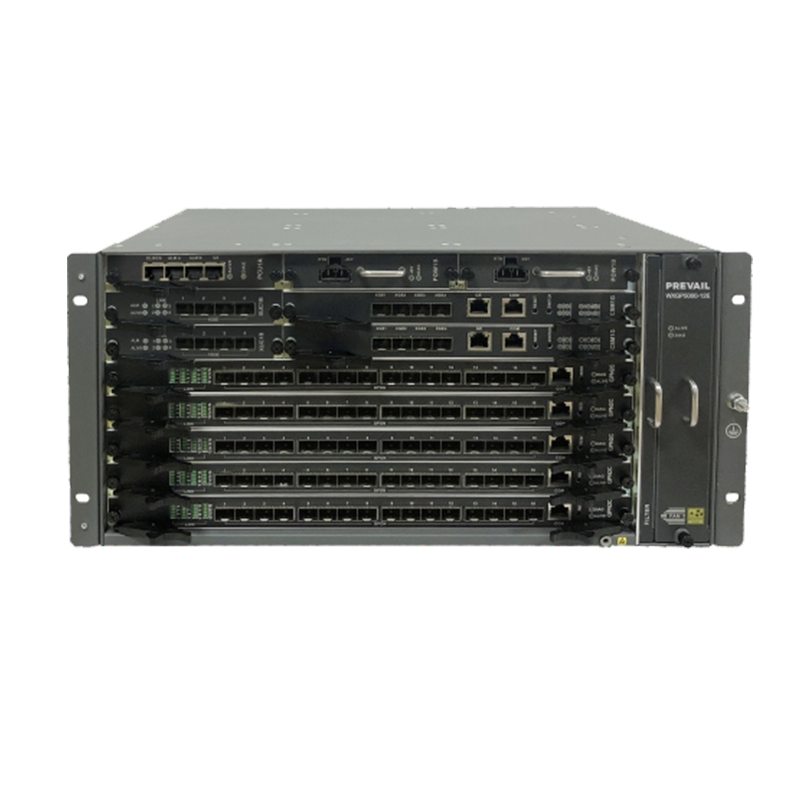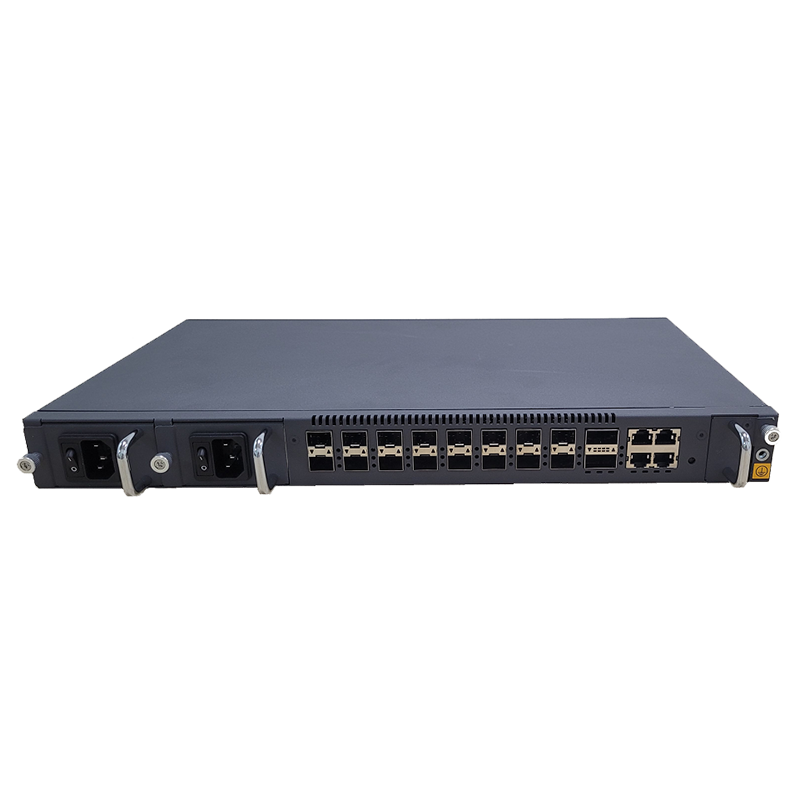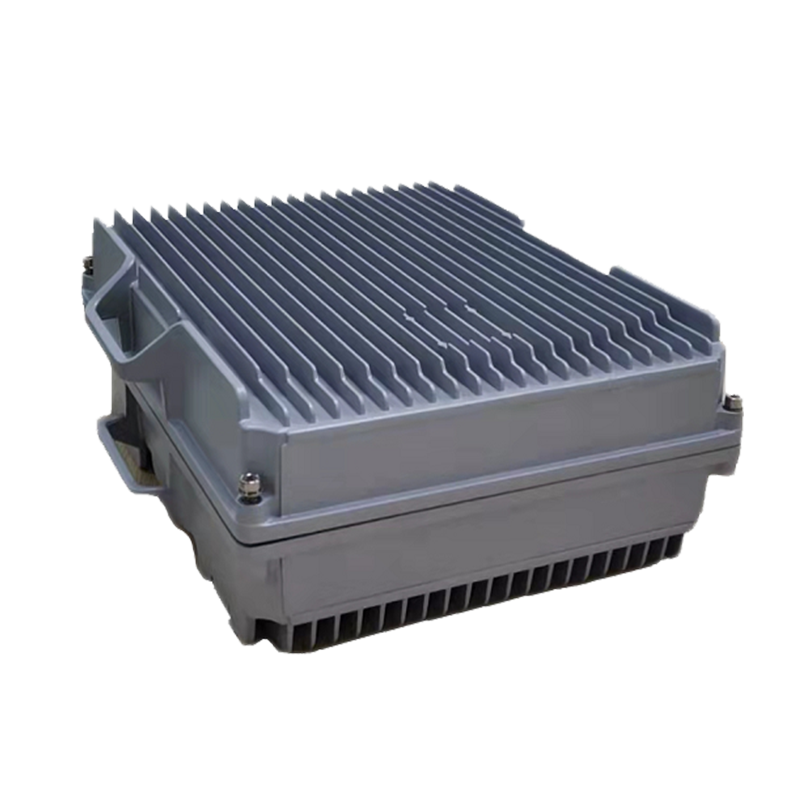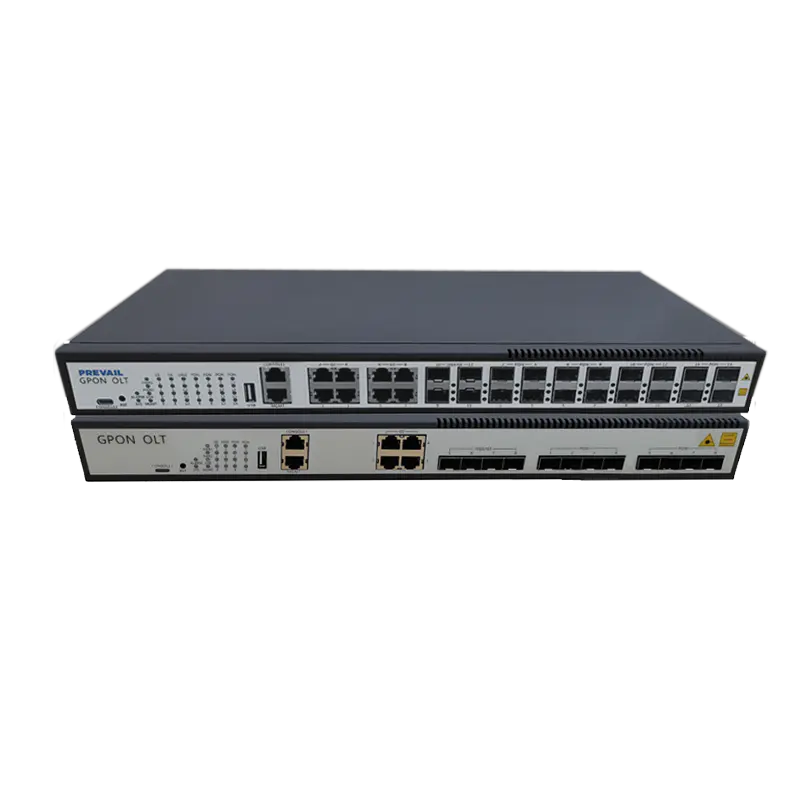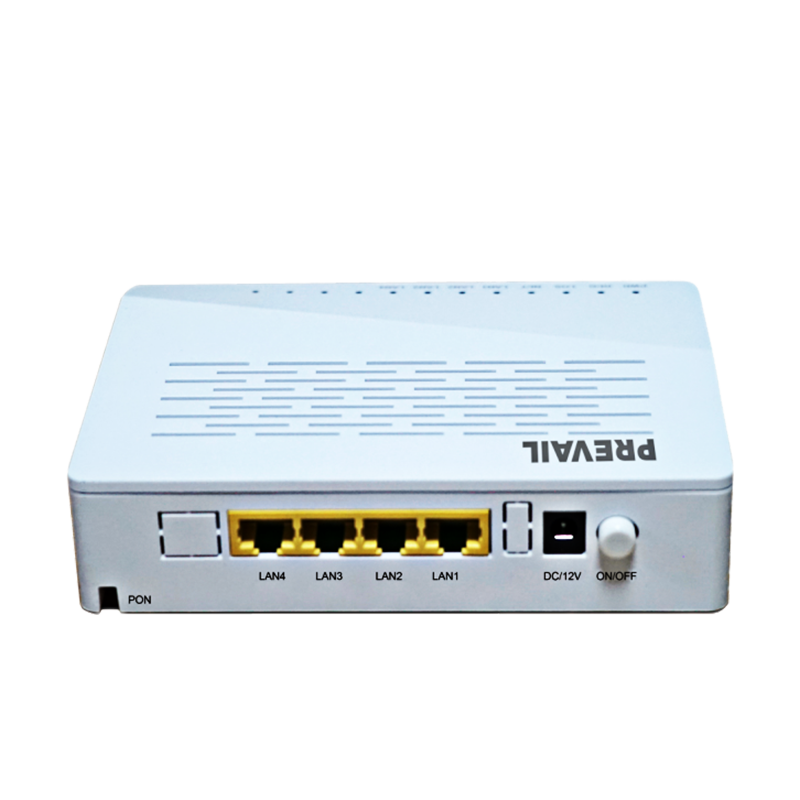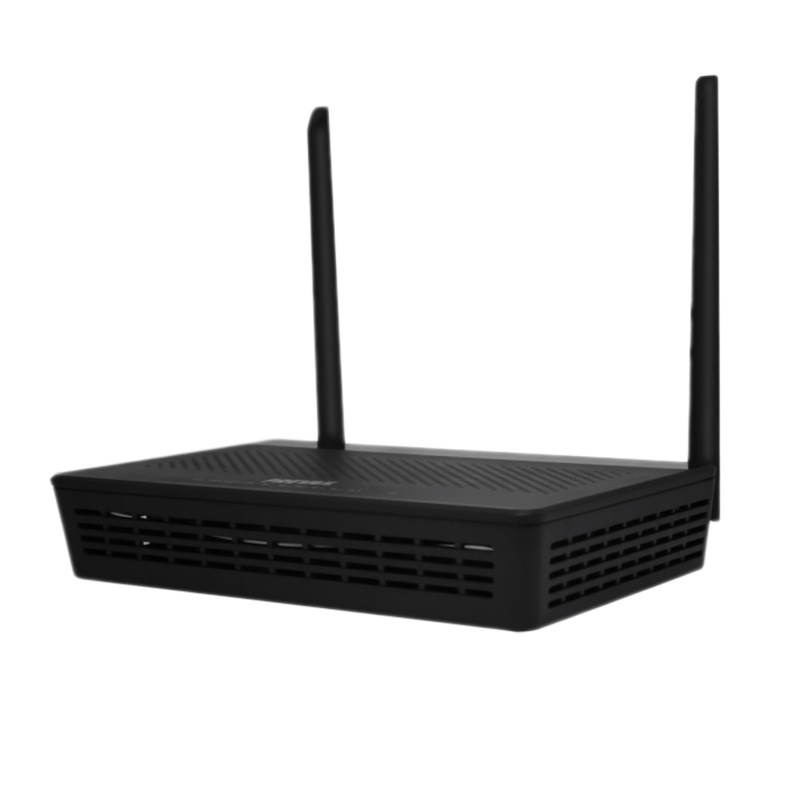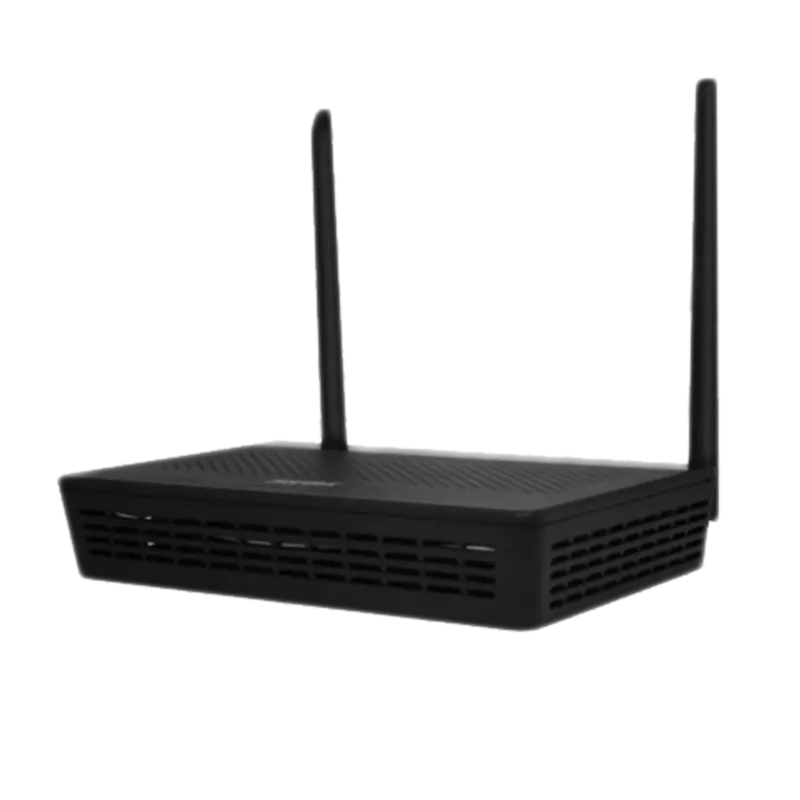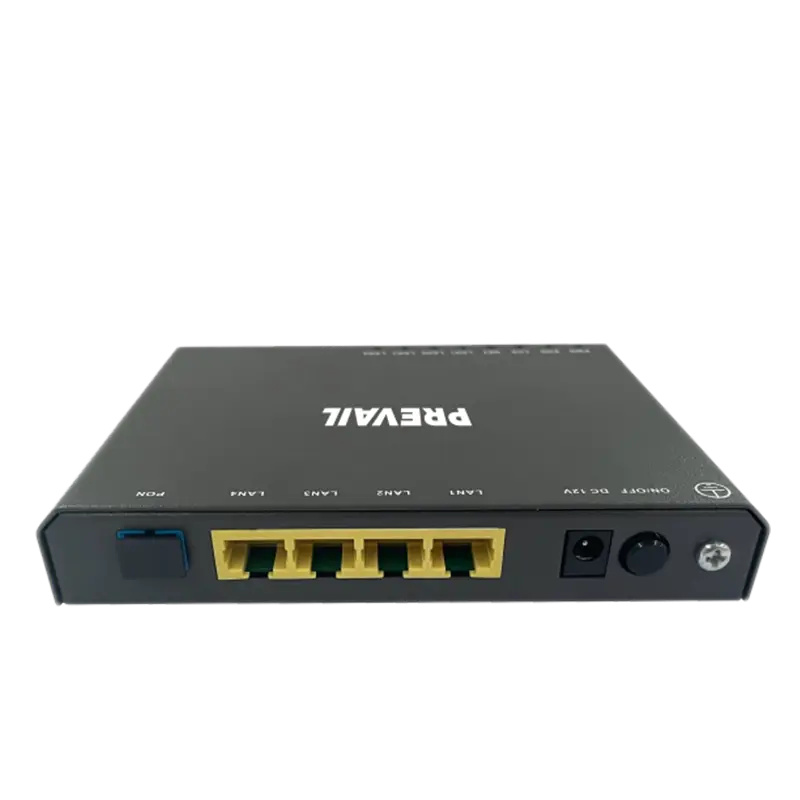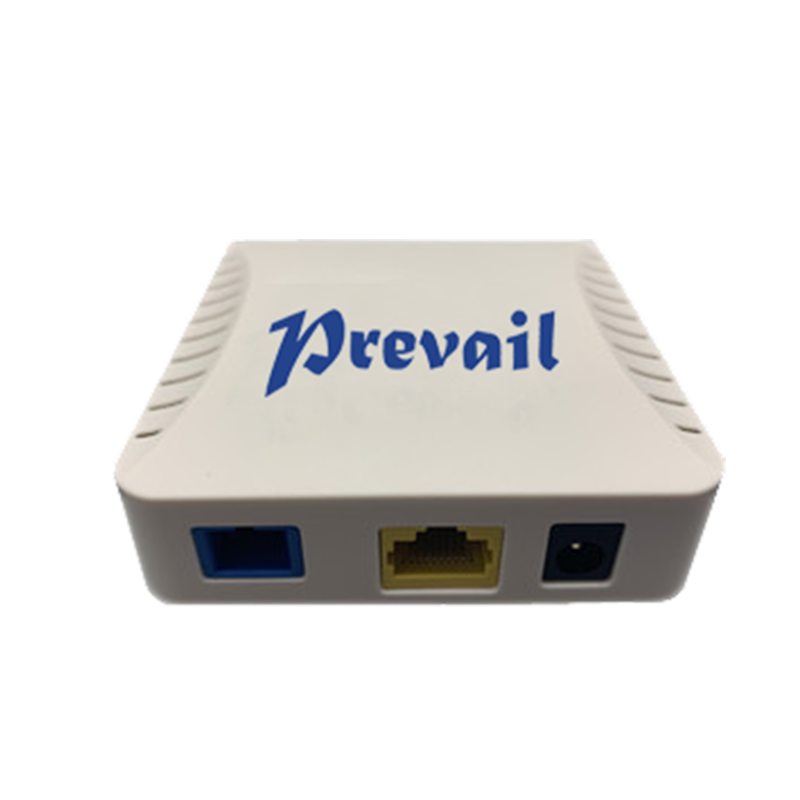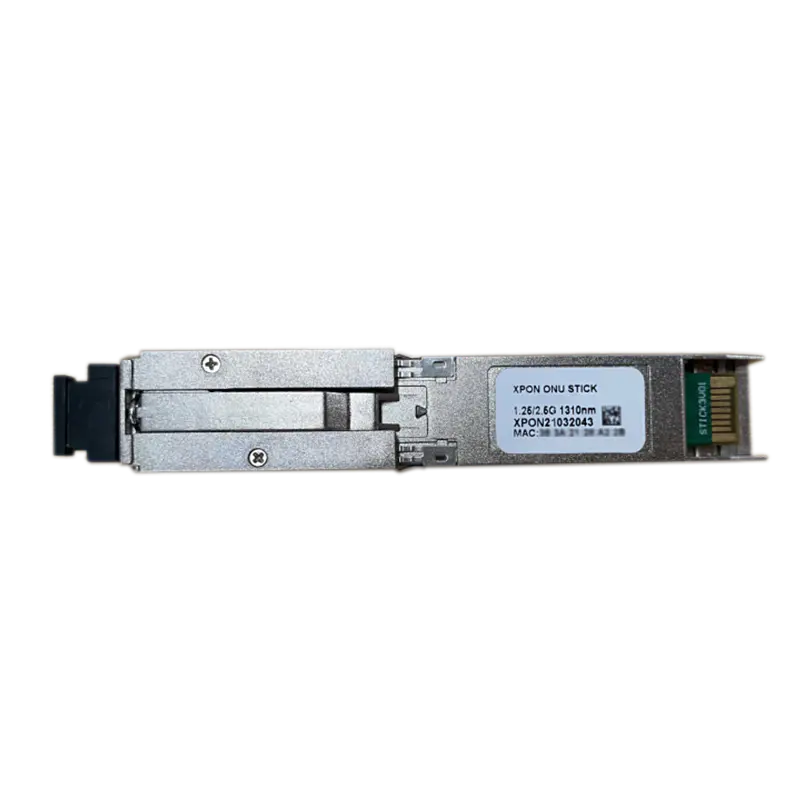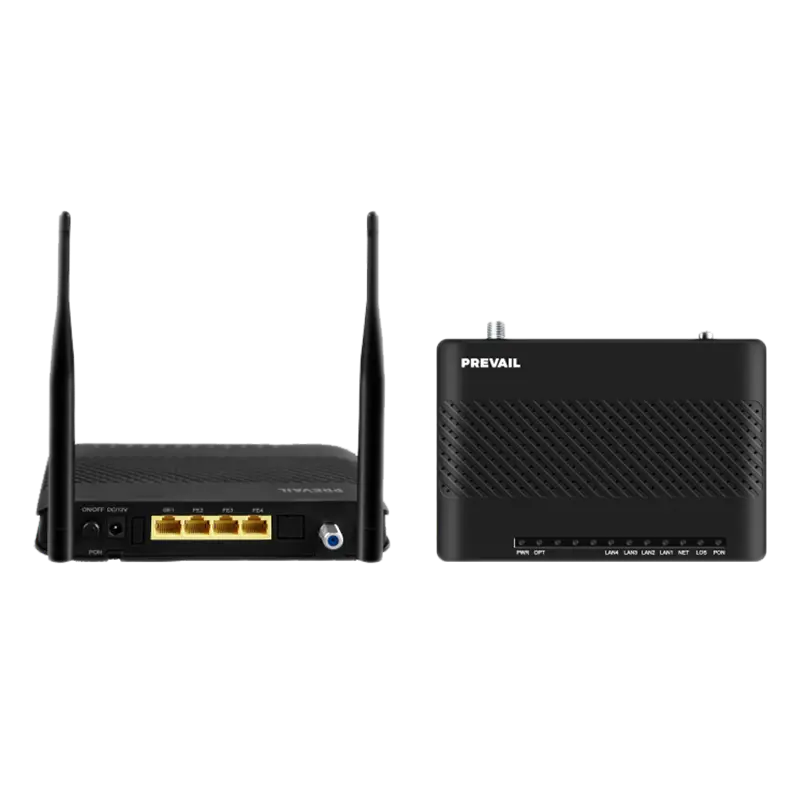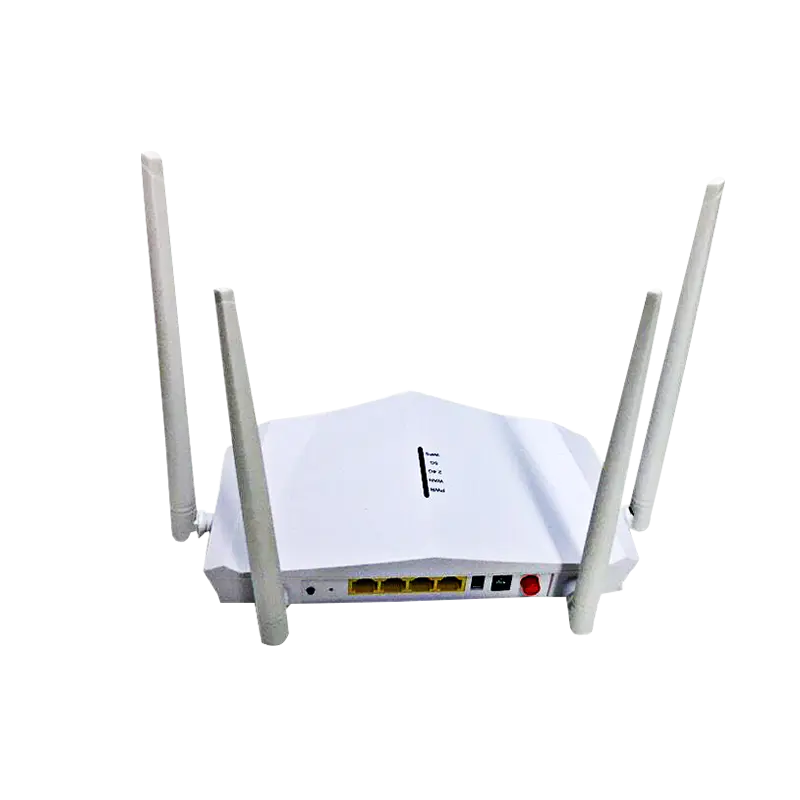What Are Passive Optical Devices and Why Are They Essential in Modern Fiber Optic Networks?
In the era of highspeed internet, cloud computing, and data centers, fiber optic technology is the backbone of global communication. While active components like transceivers and amplifiers often grab the spotlight, passive optical devices play an equally critical role in maintaining the efficiency, reliability, and scalability of optical networks.
But what exactly are passive optical devices? How do they work, and why are they indispensable in today’s fiberoptic infrastructure?
What Are Passive Optical Devices?
Passive optical devices are components used in fiber optic systems that do not require external power to operate. Unlike active devices, which need electrical energy to amplify or regenerate optical signals, passive devices simply guide, divide, combine, or modify the light signals traveling through optical fibers.
These components are designed to work with minimal interference and high precision. They are known for their reliability, low insertion loss, and ability to operate over a wide range of wavelengths and temperatures.
How Do Passive Optical Devices Work?
The primary function of passive optical devices is to manage the flow of optical signals. They perform essential tasks such as:
Splitting one signal into multiple paths
Combining multiple signals into one
Filtering specific wavelengths
Redirecting signals through different paths
Because they do not rely on electricity or semiconductors, they are often smaller, more energyefficient, and require less maintenance than active devices.
What Are the Most Common Types of Passive Optical Devices?
There are several types of passive optical components, each serving a specific purpose in optical communication systems:
1. Optical Fiber Splitters (Couplers)
These devices split one optical signal into two or more outputs, or combine multiple signals into one. Common in Passive Optical Networks (PONs) used for FTTH (Fiber to the Home) deployments.
2. Wavelength Division Multiplexers (WDMs)
WDMs separate or combine different wavelengths of light, enabling multiple data streams to travel on a single fiber. This is essential for increasing bandwidth in longdistance networks.
3. Optical Connectors and Adapters
These components enable the physical connection between fibers or between fibers and devices. They ensure low loss and easy reconnection without splicing.
4. Optical Attenuators
Used to reduce the power level of a light signal. They are important in systems where the signal is too strong and needs to be balanced to avoid damage or distortion.
5. Optical Circulators
These threeport devices direct light in a unidirectional path from one port to another, often used in advanced systems like optical sensing and WDM applications.
6. Optical Isolators
Prevent backreflected light from traveling back to the source, protecting sensitive laser components in the system.
7. Fiber Patch Cords and Pigtails
Short lengths of fiber with connectors used to connect equipment and complete circuits in patch panels and network setups.
Why Are Passive Optical Devices Important?
While they may not process data themselves, passive optical devices offer foundational support to modern fiberoptic networks. Their importance can be summarized in several key areas:
1. Network Reliability
Passive devices have no electronic parts that can overheat or fail due to power issues, making them extremely reliable and longlasting.
2. Energy Efficiency
Since they do not consume power, they reduce energy usage in data centers and telecom systems, supporting green and sustainable infrastructure.
3. Scalability
Devices like splitters and WDMs make it easy to expand network capacity without major rewiring or the addition of powered devices.
4. Cost Effectiveness
With no need for electricity, passive devices are generally cheaper to operate and require less maintenance, reducing operational costs.
5. Signal Integrity
Highquality passive devices maintain low insertion loss and reflection, ensuring signals travel long distances with minimal degradation.
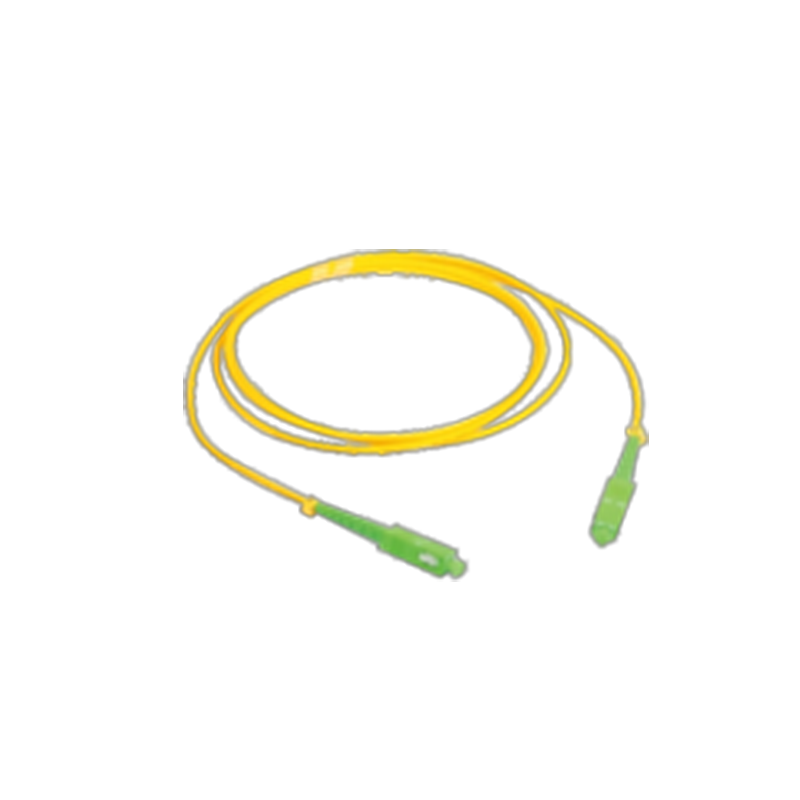
Where Are Passive Optical Devices Used?
Passive optical components are found in a wide range of applications, including:
Telecommunications: Backbone and metro networks, where fiber carries massive amounts of voice and data traffic.
Data Centers: Connecting servers, switches, and storage systems via highspeed fiber links.
FTTH and FTTx Deployments: Delivering highspeed internet to homes and businesses through Passive Optical Networks.
Enterprise LANs: Local networks in campuses and corporate offices often use fiber with passive devices.
Military and Aerospace: Environments that require rugged, maintenancefree optical systems.
How Do Passive Optical Devices Affect Network Design?
In many modern networks, especially passive optical LANs (POLs), passive devices play a strategic role. For instance, a single optical line terminal (OLT) can serve hundreds of users through splitters without requiring active switches or repeaters in between. This allows for:
Simpler architecture
Fewer points of failure
Reduced equipment costs
WDM systems also rely heavily on passive multiplexers and demultiplexers to transmit multiple wavelengths over a single fiber, greatly enhancing data capacity without laying additional cables.
Are There Any Limitations to Passive Optical Devices?
While they are incredibly efficient and reliable, passive optical devices do have limitations:
Fixed Functionality: Unlike active devices, passive components can’t amplify or dynamically adjust signals.
Distance Limitations: Without amplification, signal degradation may occur over very long distances.
Insertion Loss: Every passive device introduces some level of signal loss, though usually minimal.
These limitations are typically overcome by combining passive devices with active components at strategic points in the network.
Conclusion
Passive optical devices are the unsung heroes of modern fiberoptic infrastructure. Quietly performing their roles without power or fanfare, they enable fast, efficient, and scalable communication across cities, continents, and even oceans.
From supporting your home internet to managing data in a hyperscale data center, passive components like splitters, WDMs, and connectors are essential to the seamless operation of global networks. As demand for bandwidth and speed continues to grow, these simple yet powerful tools will remain at the heart of nextgeneration optical systems.
So next time you stream a movie, make a video call, or send a file across the globe—remember, passive optical devices are doing their part behind the scenes.





